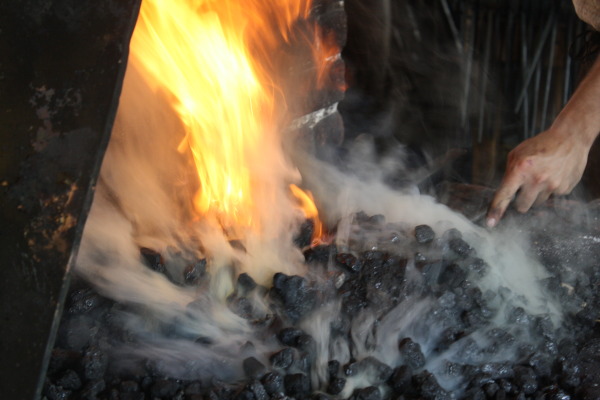
In the Revolutionary City, we try to “keep it real.” No, seriously. There are almost 100 masters, apprentices, and interpreters who make up the Historic Trades Programs. And don’t let their fancy names fool you. A milliner, tailor, wigmaker, and shoemaker—they’re just your modern fashion designers. The apothecary— conveniently, that’s your doctor and your pharmacist. And the blacksmith? He (or she) is your one-stop-shop for hardware, home goods, and who you’d call if you ever got locked out of your house.
 The man who keeps everything running is Master Blacksmith Ken Schwarz. And let me tell you, he is passionate about his work. For 37 years, he’s been taking ugly, rigid iron and steel and forging them into both practical and monumental items—leaving his mark up and down Duke of Gloucester, and across Virginia.
The man who keeps everything running is Master Blacksmith Ken Schwarz. And let me tell you, he is passionate about his work. For 37 years, he’s been taking ugly, rigid iron and steel and forging them into both practical and monumental items—leaving his mark up and down Duke of Gloucester, and across Virginia.
While most blacksmiths in the U.S. do this as a hobby, Ken and his crew at the Anderson Shop do this full time. That’s right. This is their J-O-B. And their office doesn’t exactly come with air conditioning. The metals need to be fired up to around 2,000°F before they’ll soften and can be hammered and shaped. The temperatures may be pleasant now but imagine standing in front of the flames for hours at a time, in the middle of the sweltering summer heat. How in the world do they do it? Water, and a lot of it. Ken says he drinks at least a gallon a day to stay hydrated, starting with his morning commute where he reaches for a bottle of water instead of a cup of coffee.
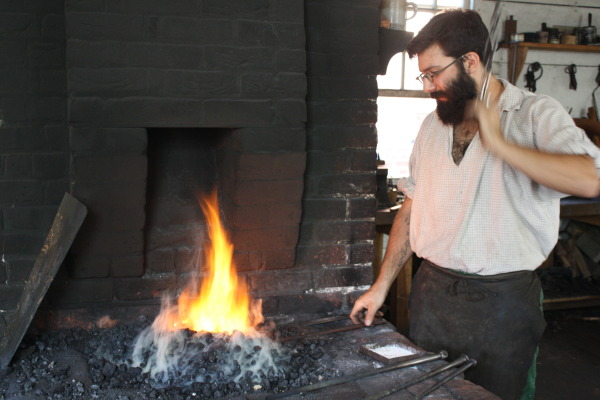 He may need water but he doesn’t need a meteorologist to give him a weather report. Ken says they can gauge how hot it is outside by their clothes. When the sweat makes it to the waistband, it’s a pretty normal day. When it reaches the knees, it’s warm. And when it starts dripping all the way down to their shoes? Now that is a scorcher!
He may need water but he doesn’t need a meteorologist to give him a weather report. Ken says they can gauge how hot it is outside by their clothes. When the sweat makes it to the waistband, it’s a pretty normal day. When it reaches the knees, it’s warm. And when it starts dripping all the way down to their shoes? Now that is a scorcher!
You may be wondering what exactly a blacksmith does all day. We learned these guys aren’t just teaching history, they’re preserving it. Sure, they do the traditional projects like nails, locks, hinges, plows, etc. But their work stretches beyond Williamsburg to the halls of Monticello.
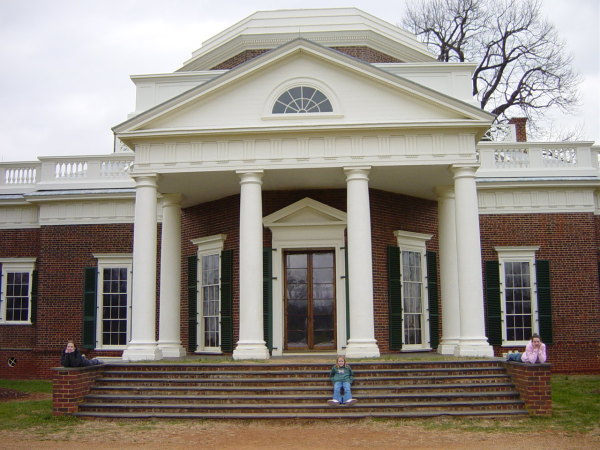
Hannah, Alex & Juliet Schwarz posing at Monticello
When one of the original doors on the plantation needed a lock, Ken pored through Thomas Jefferson’s hand-written notes and measurements. And after some trial and error, he finally unlocked the secret as to why the mechanics wouldn’t work. It turns out Jefferson specifically requested one model of door lock but the craftsman installed another. That lock is one of Ken’s proudest moments, a legacy he can pass down to his children and his children’s children.
You don’t have to drive all the way to Charlottesville to witness another major historic contribution. The next time you walk past Bruton Parish, look up! When crews were making repairs to the steeple, historians discovered the weathervane was an original, dating all the way back to 1768. That one has been preserved and will go on display next month but the replica now sits proudly on the steeple.
Ken shared with us, “Very few people have jobs where what they do could conceivably be around 250 years from now.”
While it may not seem like an ideal work site—with all the dust, noise, and fire—we found the Blacksmith Shop to be a hot place with some very cool history. Guests have visited from as far away as Australia, Africa, China, and Russia. So the next time you’re in the Revolutionary City, be sure to stop by. Ask Ken to tell you about another major project in the works for Colonial Williamsburg. Ironically, it requires a little help from England.
Interested in learning more about blacksmithing?
Which trade would you like to see featured? Let us know!
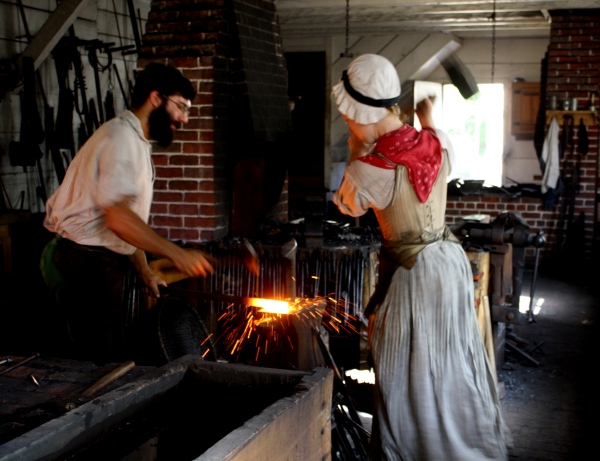

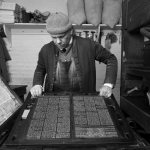
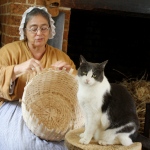
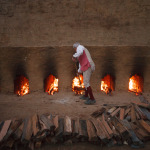
Neil Goheen says
I would like to see the woodworking shop,
Thank you, Neil. We’ll contact them!
Jim Kladder says
I would like to see a write up on the Harness and Saddle Shop.
Thank you for the suggestion, Jim. We’ll look into it!
Mike Renz says
I am glad to see blacksmithing showcased. Most people do not realize what a central and vital role blacksmiths played in a community - and still do in some developing areas. There has been a huge spike the number of people who blacksmith for recreation. The Smithys at CWB are great - they always stop and talk to visitors, even when they are working hard on a project.
For people who are interested in blacksmithing for recreation, there are plenty of books. A gas fired forge can be purchased on e-bay (new) for less than $150. They are prefect for making blades and other things out of railroad spikes, junk iron or smaller work out of stock iron. An anvil can be bought for around the same price from places like Harbor Freight..A ball peen hammer is great to start with. Its a fun craft and your friends and family will find it fascinating.
Thank you for your support, Mike. We had a blast getting to know more about the smiths and all the amazing work they do!